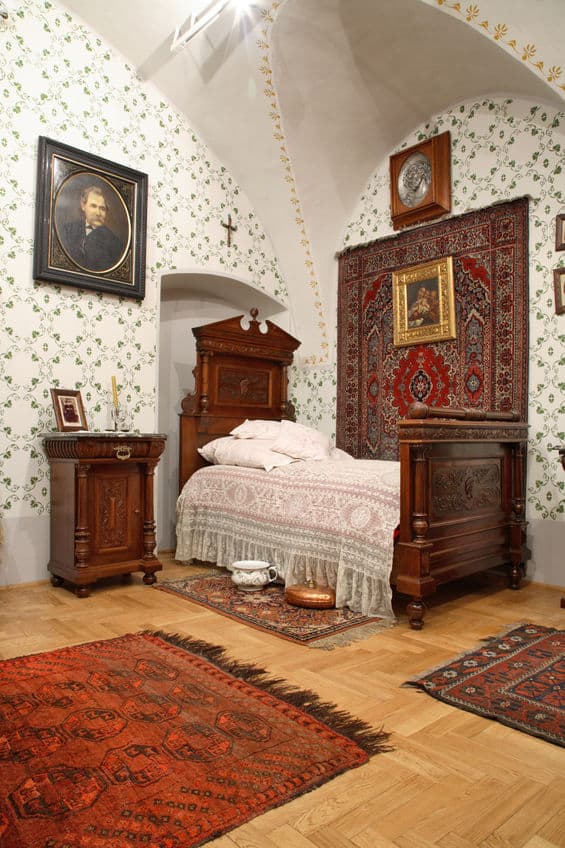Did you know that modern bathroom design is due in part to infectious outbreaks in the past? Some predict that the COVID 19 pandemic may result in more design and architectural changes that will be with us for the next century.
As we focus more on avoiding disease through increased handwashing, we may see a trend of bathroom sinks in entrances of newly designed homes in North America. Since entries are the transition points where you move from outdoors to inside, it makes sense that it be a place you wash your hands as well as take off your coat and shoes. By the way, sinks in hallways are not new. You would often see them in tenement housing, not for health reasons but for economic ones. It was much cheaper to put one sink in the entire multi-tenant building than one in each unit.
I read an interesting article recently about how the bathroom design we are familiar with today was influenced by outbreaks of influenza, tuberculosis, and cholera in the early 20th century. We tend to think of advancements just coming from improvements in plumbing, sanitation, and infrastructure.
Between the beginning of the 20th-century, awareness of germs and their detrimental impact grew significantly amongst the general populace. Unfortunately, antibiotics were not in widespread, public use until the mid-1900s. Overcrowding in urban centers and inadequate water and sanitation quality put many at risk. Remember that at this time in our history, one had to be rich to have any indoor plumbing. The average home did not have dedicated space for a bathroom. Instead, they relied on either chamber pots or outhouses.
With the advent of sizeable public sewer systems and educational campaigns promoting this better system that would prevent disease spread, there was a radical shift in the design of the bathroom.
Anything wood was replaced with materials that were easier to clean. For the first time, enamel coating and cast iron were used for fixtures, including toilets, sinks, and bathtubs, to make them more hygienic.
Have you ever wondered why white is the predominant color of most bathroom fixtures? That is because white is considered a symbol of health and cleanliness. This impression harkens back to the days of hospitals, spas, and sanitariums at the beginning of the 20th century. Most bathrooms no longer have wood floors, which was not always the case. After cholera and tuberculosis epidemics, wood floors were replaced with tile or linoleum so they would harbor less dirt and germs.
Influenza and other contagious diseases led to other changes such as the addition of small half-bathrooms, referred to as powder rooms, for guests and others who did not live in the home. These rooms, usually located downstairs or away from the bedroom areas, were strategically positioned to keep potential infections away from residents. Nickel-plated accessories such as soap dishes, towel, and toothbrush holders came into fashion not only because they were easy to clean, but also because they kept personal sanitary items separated.
One other advancement I hope we make as a result of this pandemic is to convert our toilets to washlets. Washlets are a bidet attachment to toilets; relatively low cost compared to their benefits and reduce the amount of toilet paper waste and increase hygiene. Although they have been popular in other parts of the world, they have never caught on in North America. Perhaps their time has come.
Are you furnishing a new home in Vallarta? Save money, time, and stress with a furniture package. Please feel free to email me at furniture@solutionsmexico.com for info.

